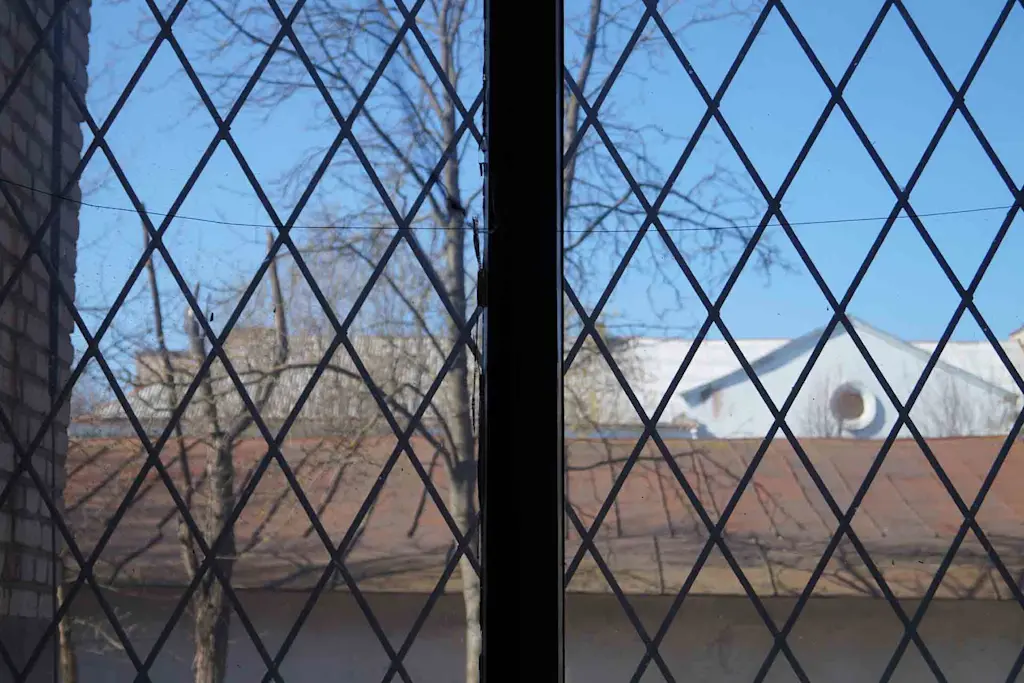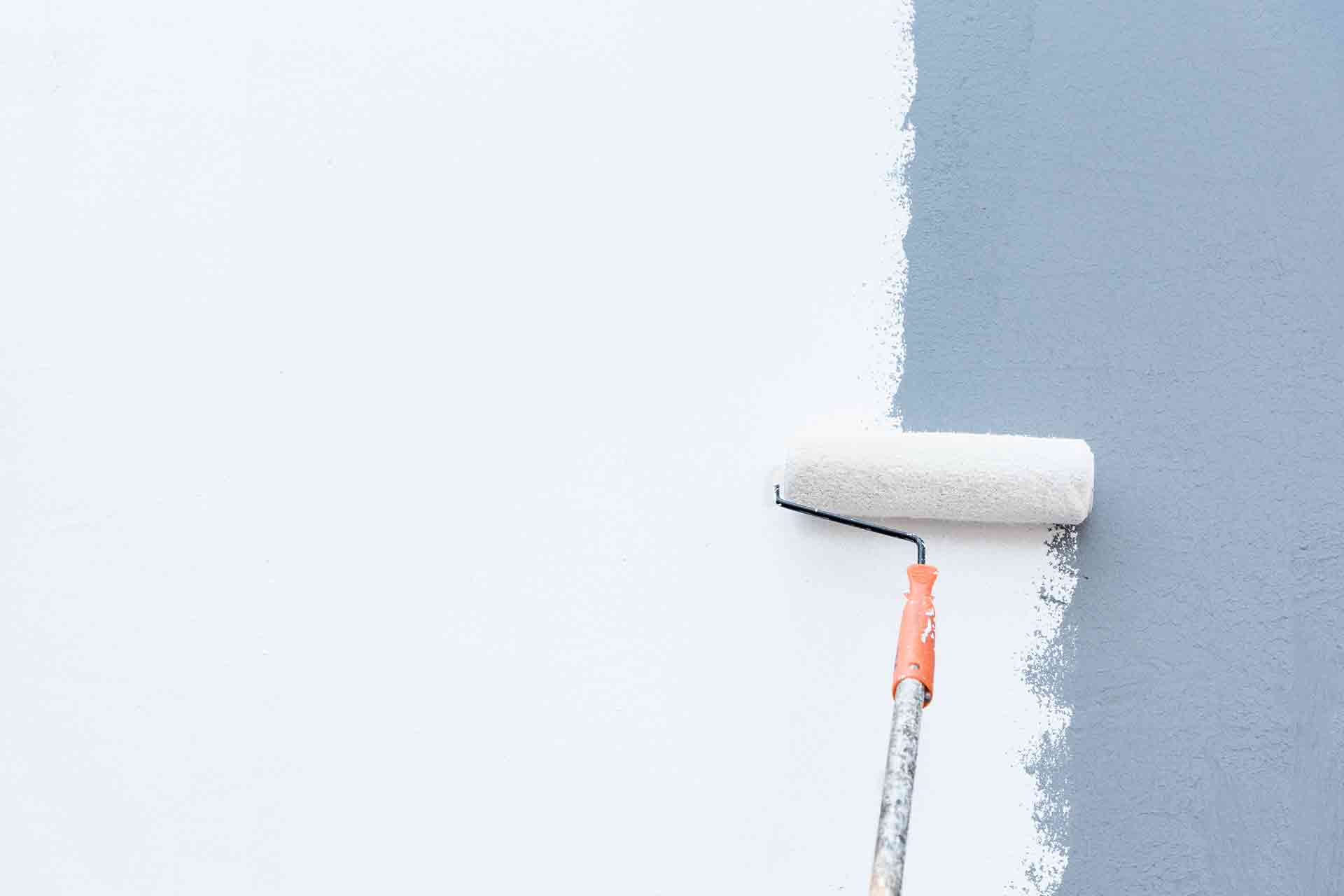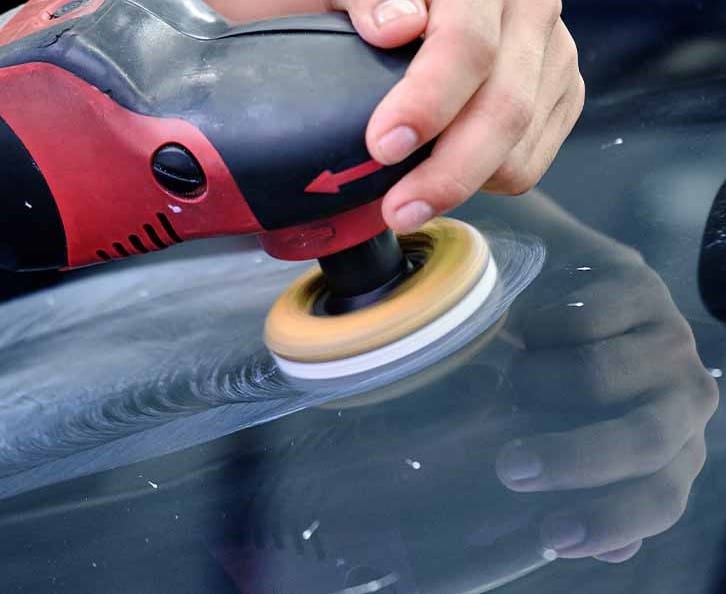Blog>How-To Guides>How to seal leaded glass windows
Last updated: 27 August 2024
How to seal leaded glass windows
Sealing leaded glass windows is a skilled job. We'll outline how to seal leaded glass windows so you can decide if it's a job you want to tackle.

Leaded glass windows are a wonderful fixture for the home. However if you have older leaded or stained glass windows you may be experiencing some leaks. Learning how to seal leaded glass windows will help protect the glass from dirt, dust, and moisture and create a strong and waterproof finish.
Do be aware that to successfully repair and seal leaded glass requires time, skill and attention to detail. That's not to say that confident DIYers might not want to try their hand at sealing leaded glass windows.
This guide will help you understand what's required.
Remember, though, for a top notch finish, hiring a glass restoration expert will mean your leaded glass windows look beautiful and last for many, many years.
See the tradespeople we've checked and recommend for your job
What are leaded glass windows?
Sometimes referred to as 'leadlights', leaded windows have been a feature of British homes since the 16th and early 17th centuries.
Historically, they were both decorative and used to reinforce the structure of a single glazed window.
So, if you live in a period home or are in the process of buying a period property, it may have leaded glass windows.
Leaded glass windows are created using small panels of glass to create a pattern or design, often in a diamond style
The small pieces of glass are joined with iron or lead bars, called cames
Leaded glass windows are often a feature of front doors, hallways, bedrooms and bathrooms
Older properties and country homes suit a traditional leaded style
What are stained glass windows?
Although the terms 'stained glass' and 'leaded glass' are often used interchangeably, there is a key difference between the two
Stained glass windows feature coloured segments of glass to create a picture or pattern
Therefore stained glass is a type of leaded glass that has been stained in specific colours
They can use the same lead cames to connect the coloured segments

Like other leaded glass windows, stained glass windows can usually be repaired.
Chipped or cracked panels can be replaced individually, and a craftsperson can repaint faded colours.
See the tradespeople we've checked and recommend for your job
How do I know if leaded glass windows need sealing?
Leaded glass windows that leak can be caused by dried-out or flaking putty between the glass and the lead.
Or perhaps there might be signs of broken or missing lead. In older windows, smog and acid rain may have disintegrated the centre of the lead, so it just falls apart.
Look out for droplets forming on the lead came, and dripping down the window, or as a pool of water on the sill.
How to seal leaded glass windows
With the right materials, it's possible to seal leaded glass windows and keep them in tip-top condition.
However, it's a good idea to get in touch with a glass restoration expert in your area before you go ahead.
Expert craftspeople can inspect your leaded glass windows and offer the best solution for sealing up any leaks.
Methods to seal leaded glass windows include:
Stained glass cement
Brush the cement between the lead and glass on both sides of the panel to waterproof it and prevent the stained glass from moving.
Step-by-step guide to using stained glass cement:
Make sure the cement is thoroughly mixed, as the linseed oil can separate from the solid mix
Check the shelf life of the cement - it will last between three and four months
Brush the cement well into the lead wings using a stiff toothbrush or washing up brush
Thoroughly wipe off any cement from the lead surface - it's okay to leave it on the glass but it won't come off the lead
Next, use whiting - a fine ground calcium carbonate that helps absorb the linseed oil in the cement
Dust the whiting over both sides of the glass window, leave for a day, then brush off
Use a scrubbing brush to remove any excess cement from the glass carefully
Leave panels for at least a week before fitting
Putty
Glazing putty is another way to seal leaks or strengthen loose glass in leaded glass windows. As the window ages, the putty can dry out and lose its oils, which can cause it to crack and fall out.
Glazing putty consists of linseed oil and whiting, which hardens over time to form a tough seal. Use around the edges of the glass and push against the frame.
Look out for the right type of putty - black or grey putty rather than white putty which is for wooden sash windows.
It is advisable not to use silicone. It's messy and costly to clean off before a proper repair can go ahead.
Wax
Applying wax to leaded glass windows will help seal the cames or lead lines and help prevent white lead dust from coming off.
Waxing the window seals can also help prevent corrosion.
Use a good car wax that contains caranuba wax. Apply a small amount of wax to a towel and apply to the window. Allow the wax to dry to a powdery haze, then polish with a soft cloth or microfibre towel.
Weather stripping
To prevent rain water from leaking into the window frames, use caulk and weatherstrip to seal the joints.
You can also consider applying a clear window film to add a protective layer.
See the tradespeople we've checked and recommend for your job
How to care for leaded glass
Taking steps to prevent a leaded window from leaking is wise. Prevention is often better than cure—and it can save you money in the long run!
Here are some maintenance points to ensure your leaded window remains leak-free for longer:
Inspect and repair the joints regularly
Check the lead came joints and solder them if they have become loose
Check the window frame for any signs of decay or damage and replace any worn or cracked pieces
Use caulk or weatherstripping to fill in any gaps in the frame
Ensure the hinges are properly lubricated and inspected for wear and tear
Clean the glass using warm soap water and a paper towel to get the dust off
Costs to seal leaded glass windows
Whether you're installing a new leaded window or repairing an existing one, it needs to be fully sealed.
To seal leaded glass costs in the region of £400 per window.
The cost of repairing a leaded window depends on the extent and location of the damage.
As a guide, you can expect the cost of leaded window repair to be around £150 - £500.
Head to our leaded window repair cost guide to find out more.
For accurate quotes, speak to local leaded window repair specialists.
Can I repair a damaged leaded window myself?
For best results, we always recommend hiring a professional.
Pop your postcode in the handy search bar below to find recommended glass restoration specialists.
See the tradespeople we've checked and recommend for your job
More How-To Guides
See the tradespeople we've checked and recommend for your job





